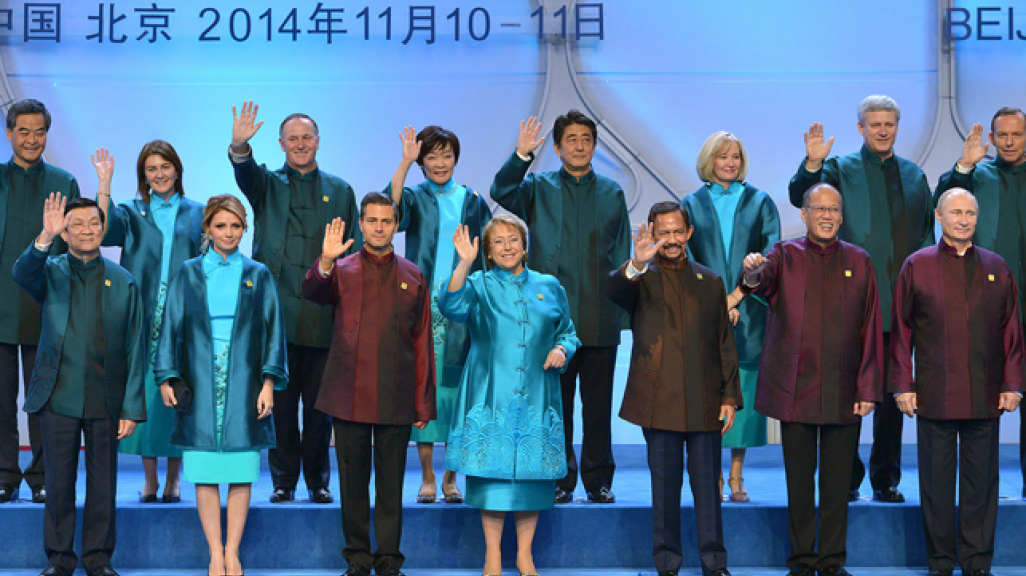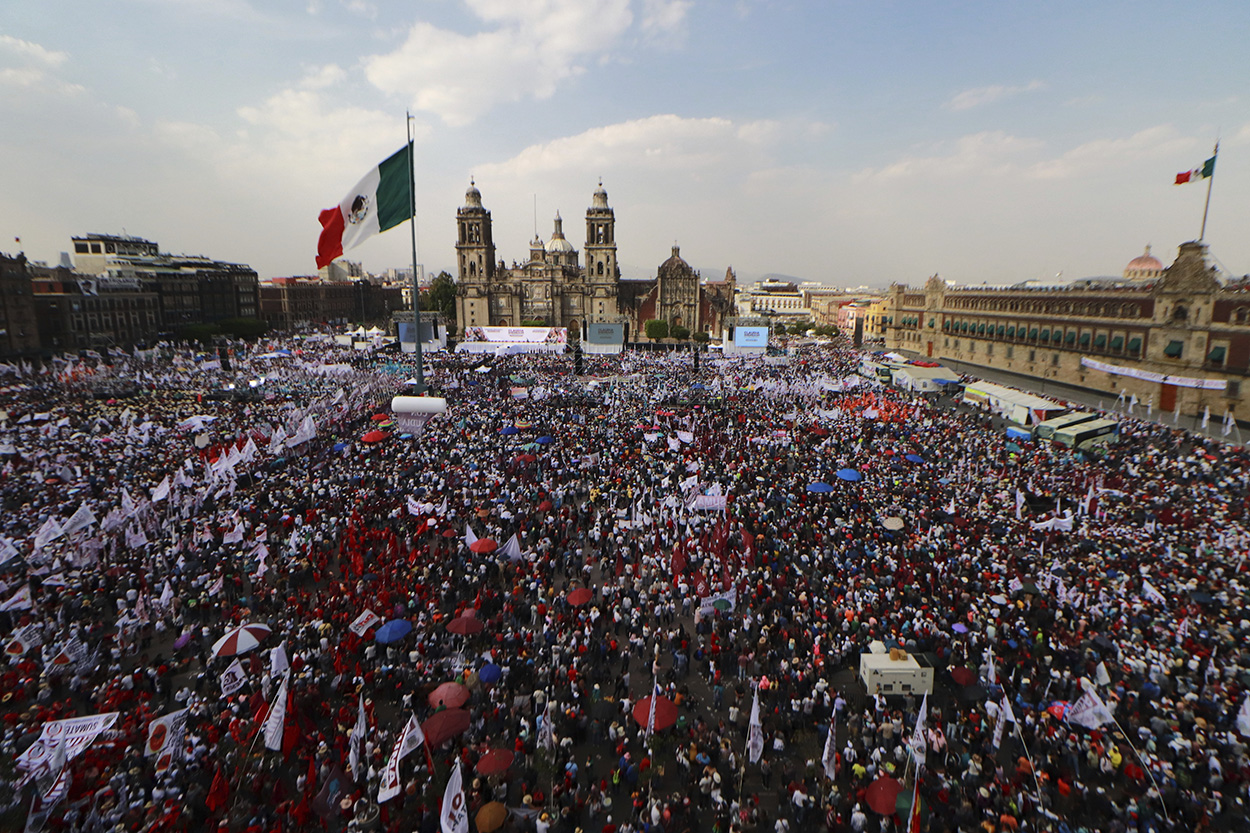At APEC Summit, Western Hemisphere Leaders Tout China Ties
At APEC Summit, Western Hemisphere Leaders Tout China Ties
Heads of state from Canada, Chile, Mexico, Peru, and the United States meet in Beijing this week to talk trade.
On November 10 and 11, world leaders meet in Beijing for the annual Asia-Pacific Economic Cooperation summit. This bloc, best known as APEC, represents around 40 percent of the global population and nearly 60 percent of world GDP. During the summit, China and the United States are pushing separate trade deals. China is promoting the Free Trade Area of the Asia Pacific (FTAAP), while the United States is endorsing the Trans-Pacific Partnership (TPP), which excludes China. Leaders and representatives from TPP countries—including all 5 APEC members in the Western Hemisphere—met at a private conference on Monday and said they are moving closer to reaching a deal. Nevertheless, the five heads of state from the Americas also focused on the China relations during their visit, planning bilateral meetings with the Chinese president on the sidelines of the summit.
Canadian Prime Minister Stephen Harper attended part of the summit, returning home in time for the November 11 Remembrance Day ceremonies honoring two soldiers killed in Canada last month. During his stay, he met with Chinese President Xi Jinping and inked bilateral trade and currency deals worth up to $2.5 billion.
Chilean President Michelle Bachelet touted her country’s commitment to free trade and its commercial relationship with China, its number one trade partner. During her address at the APEC CEO Summit, she also noted the importance of the Pacific Alliance in its efforts to promote Asia-Latin American trade. Bachelet said Chile supports both the Chinese-backed FTAAP and U.S.-backed TPP. On November 9, Bachelet held a bilateral sit-down with Russian President Vladimir Putin, talking trade, security, and potential accords on education and culture. She will hold a bilateral meeting with Chinese President Jinping, as well as sit-downs with Singapore Prime Minister Lee Hsien Loong and New Zealand Prime Minister John Key.
Mexican President Enrique Peña Nieto arrived in China later than planned due to nationwide protests taking place over the disappearance of 43 students in the state of Guerrero. At a press conference during a layover in Alaska, the president defended his decision to travel by saying that it would be “irresponsible” not to attend, as it would mean that Mexico would not participate in events “that have an impact in driving our country’s economy and generating jobs.” Along with his APEC participation, Peña Nieto will hold a bilateral meeting with Chinese President Jinping, and will then travel to Australia to participate in the G20 summit. The visit also comes days after the Mexican government cancelled a multi-billion-dollar deal with the Chinese to build a high-speed railway amid concerns about the bidding process.
Peruvian President Ollanta Humala put social inclusion and sustainable development at the center of his APEC CEO Summit address, noting the importance of public-private partnerships to reduce inequality. Humala is slated to meet with heads of state from Australia, Canada, China, Japan, Singapore, and Vietnam. Peru will host the APEC summit in 2016, when it assumes the presidency of the bloc.
U.S. President Barack Obama attended the summit this year, after cancelling in 2013 due to the government shutdown. On Monday, he highlighted the importance of the U.S.-China relationship in his address at the summit and announced changes to visas for the Chinese, extending business and tourist visa validity from one year to 10 years. He is expected to meet with Chinese President Jinping on Wednesday before heading to Burma for the East Asia Summit and to Australia for the G20.







